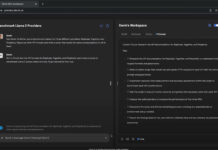There was a consensus at the edX Global Forum that the future of higher education is blended.
The same course design methodologies employed to produce a MOOC will be applied to redesign residential classes. “The desire to leverage data and analytics to evolve pedagogical practices that has been so much a part of the MOOC world also applies to residential teaching and learning,” states Dr. Joshua Kim, from Dartmouth College.
Open online initiatives such as ASU’s Global Freshman Academy, MIT’s Micro-Masters-based courses or entire MBA programs like the University of Illinois’ $20,000 iMBA degree through Coursera indicate what comes next.
In other words, the investment in effort and dollars in MOOCs has started to pay-off in residential teaching and learning.
Joshua Kim has observed the impact that MOOC-based initiatives are having. We have summarized them here:
- MOOCs provide an opportunity to rethink and redesign introductory classes.
- MOOCs accelerate the transition from a lecture teaching to an active learning model for larger-enrollment courses. A poorly executed flipped class has unintended consequences.“How much could faculty do with introductory courses if they had access to collaboration with a team of instructional designers, librarians, media educators, and assessment experts?What MOOCs can do is shift how faculty think about the process of creating a course – opening up new ideas about how this process can shift from a purely solo effort to a more collaborative creative process.”
- MOOCs create new capabilities in instructional design and educational media and result in new skills in assessment and learning research.






















